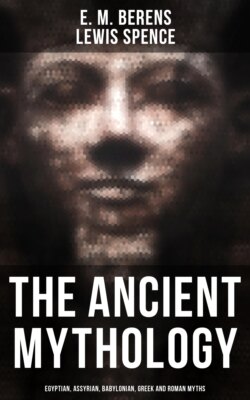Читать книгу The Ancient Mythology: Egyptian, Assyrian, Babylonian, Greek and Roman Myths - Lewis Spence - Страница 131
На сайте Литреса книга снята с продажи.
The Great Temple-Builders
ОглавлениеThe history of temple-building in Babylonia begins at an early date. We find Sargon and Naram-sin calling themselves 'Builder of the Temple of En-lil in Nippur.' Gudea was probably the first potentate to achieve great results in temple-building. Khammurabi was also active as a builder of sanctuaries. But besides planning the erection of new temples, the kings of Babylonia and Assyria appear to have been zealous in the restoration and improvement of the older temples in the land. Restoration was frequently necessary because of the fact that many of the older shrines had been built of sun-dried brick, which had not the same lasting power as the glazed brick dried in kilns used in later times.
The Assyrian conquerors of Babylonia considered it their policy as well as their pleasure to restore many of the ancient shrines of the land they had subdued, and in doing so they frequently allude in their records to the age of the temple on which they are at work, sometimes providing us with a clue to the date of its foundation. In this way we can trace the history of some of these ancient buildings over a space of more than 3000 years. Such a sanctuary must have appeared to the Assyrian monarch who rebuilt it, as an edifice erected in the days of Solomon would seem to us. Thus in the times of the later Assyrian kings some of the older temples would have behind them a record as ancient as that of the temple at Jerusalem to-day!
The Assyrian restorers of these ancient fanes refer piously to their original builders. They carefully unearthed the old foundation-stones, which they preserved, and clung tenaciously to the ritual which had been celebrated in the temples of Babylonia from very early times.
There are many long lists of temples in existence, and, assuming that each god possessed his own shrine, hundreds of temples must have been scattered over the length and breadth of the northern and southern lands. These were probably much more numerous in Babylonia, which was older, and whose people exhibited a greater religious feeling.
